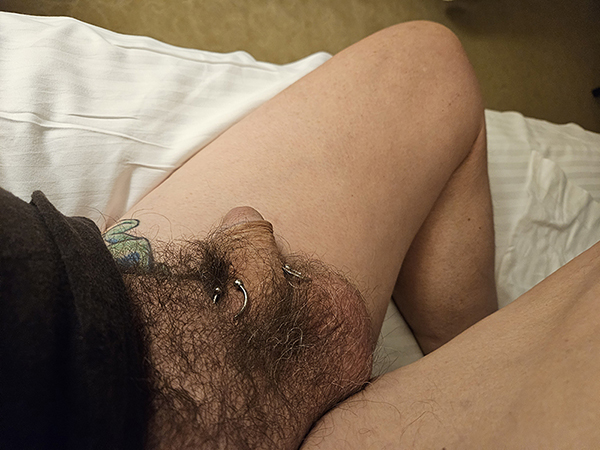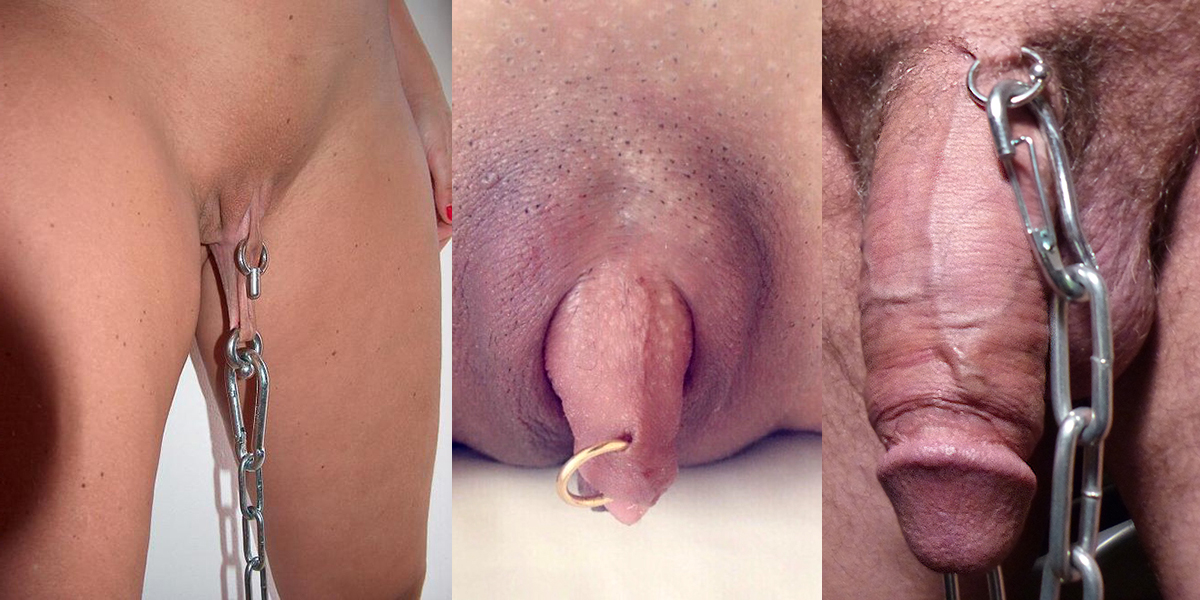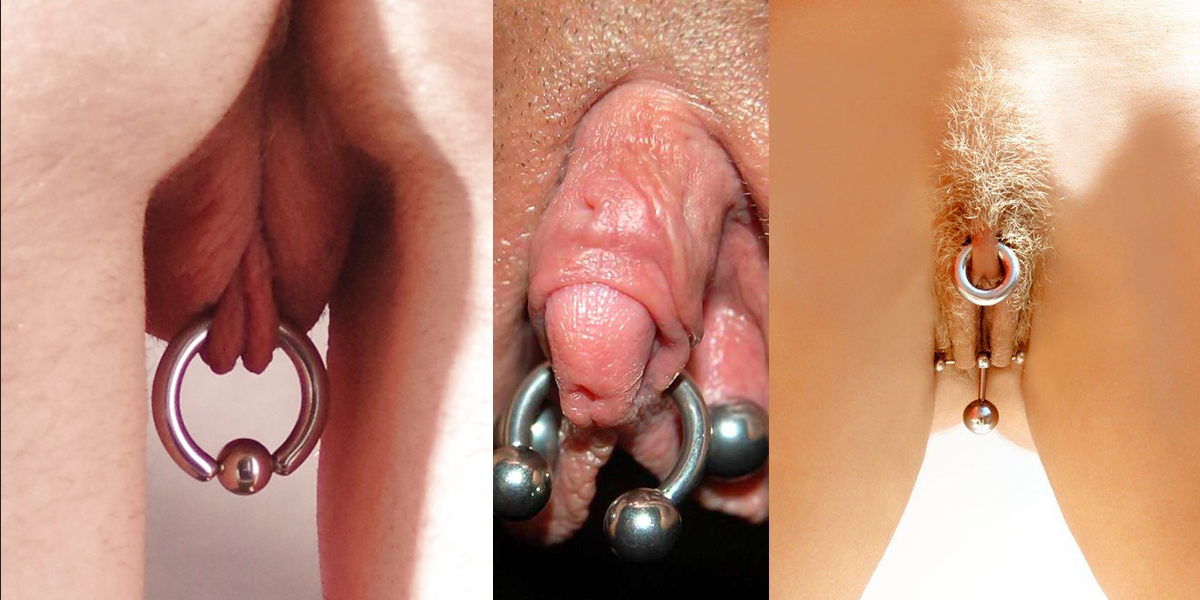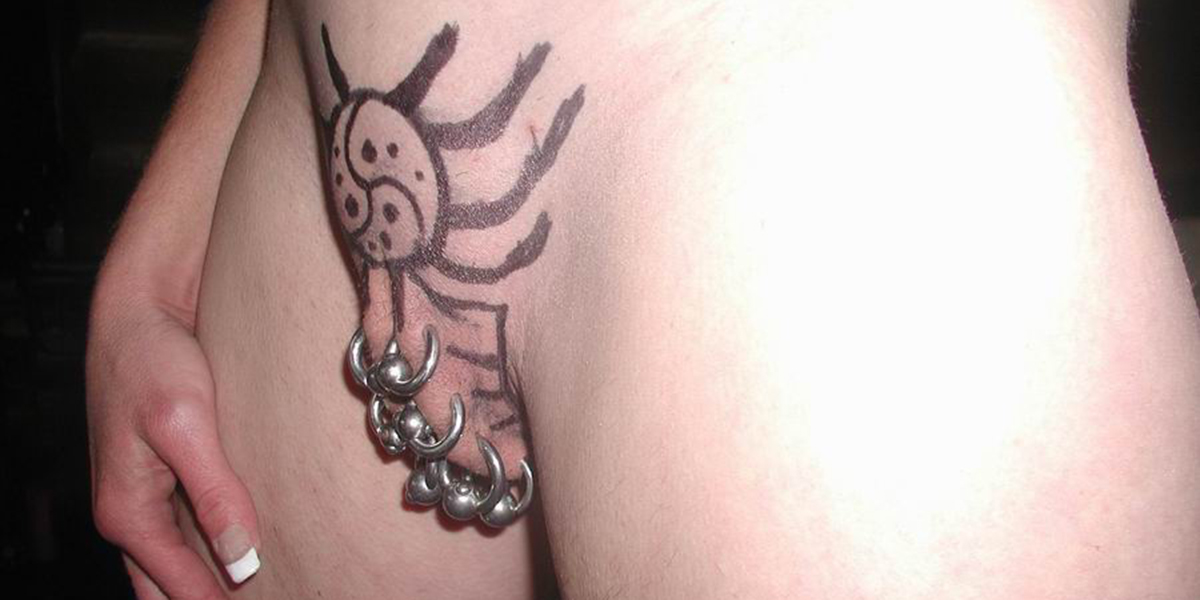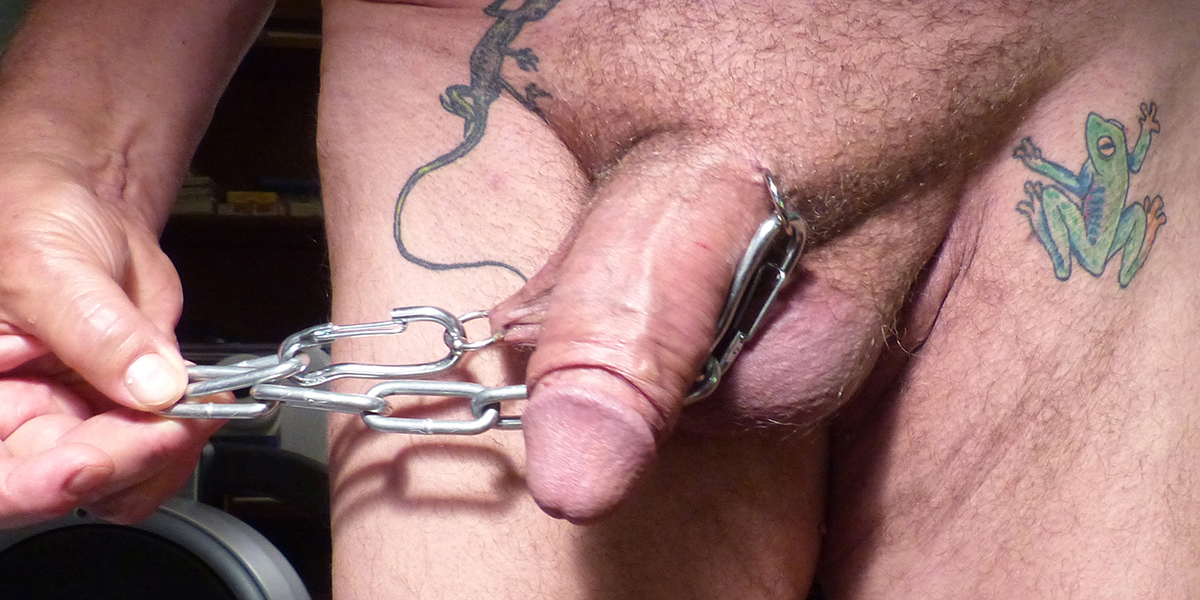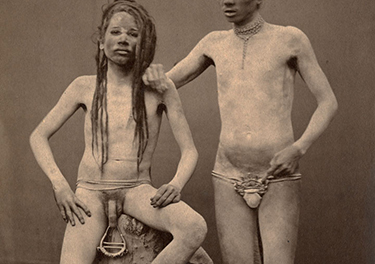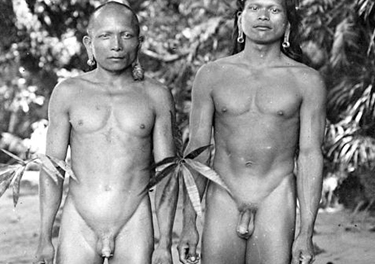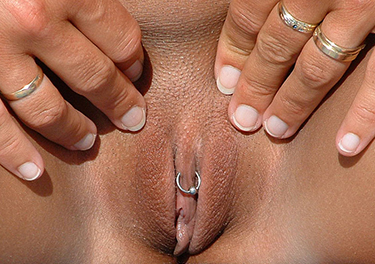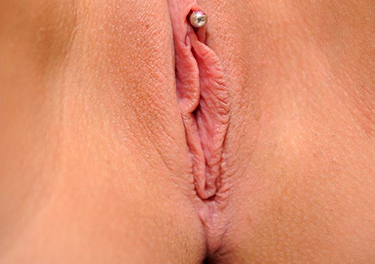Genital Piercing
Genital piercing is a form of body piercing that involves piercing a part of the genitalia, thus creating a suitable place for wearing different types of jewellery.
Male And Female Genital piercing has become more common today with many young people embracing body beautification. The history of genital piercing dates back to more than 2,000 years ago. It originated from the Eastern part of South Asia in places like Borneo and India, where genitals were pierced for cultural and traditional purposes.
Early records of genital piercing are found in the Kama Sutra that was written over 2000 years ago.
Today, genital piercings can be found in many tribal societies, in particular in South and East Asia, where it has been part of traditional practice since ancient times.
The term Genital Piercing may also be used to indicate all body piercings in the area of anus, perineum, genitals and mons pubis, including piercings such as anal, guiche, and pubic that do not involve perforation of genitalia.
Genital piercings can be done in men or women, with various forms of piercings available.
The main motive for both genders is beautification and individualization; in addition, some piercings enhance sexual pleasure by increasing stimulation.
Enhanced pleasure and sensation
Additionally, genital piercings can enhance sexual pleasure during masturbation, foreplay and intercourse.
Both female genital piercings and male genital piercings can enhance stimulation for both the person wearing the jewelry and their partner by stimulating both the glans of the wearer and the vaginal wall or the anus of the penetrated partner.
Due to genital physiology, women seem to gain more sexual pleasure from both, their own as well as her partner's genital piercings.
FEMALE PIERCING
Female genital piercing was not very well-known until the 18th century, probably around the time when people discovered that piercing the nipples brought about increased sensitivity during sex. Women began experimenting with body piercings.
They discovered that the clitoris was an erogenous part of the body and that piercing it increased sexual excitement during intercourse. Later on, it was observed that piercing the hood of the clitoris was safer, and produced the same results without ruining the skin of the clitoris.
Around the 21st century, more and more people began to embrace genital piercing, especially when public figures like Christina Aguilera, Janet Jackson, Fantasia Burrino and a few others, came out in public to talk about getting their genitals pierced.
Today, female genital piercing is not limited to just the clitoral hood. Female genital piercings include:

Female Guiche
This is a piercing done across the female perineum instead of front to back like in the males.
Labial
This is done either on the outer or inner part of the labia. It's not a difficult kind of female genital piercing, and as a result, it is more common than all the others.
Clitoral
The clitoris is pierced in this method. It is usually preferable when the woman has a thick clitoris. It has been reported that some woman lost sensitivity on the clitoris after it had been pierced, but this does not happen often. To be on the safer side, piercing the clitoral hood is the next best option.
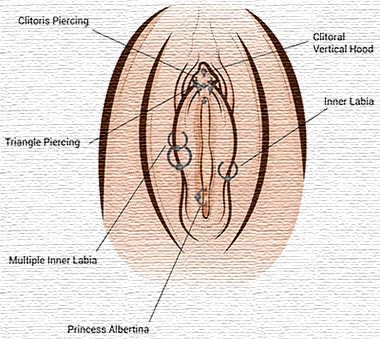
Triangle
The area underneath the shaft of the clitoris is pierced. The first recorded incident of a triangle piercing was in 1991, carried out by Lou Duff of Gauntlet. It is called the triangle piercing because the area that is pierced, between the clitoral hood and the inner labia, takes the shape of a triangle when held.
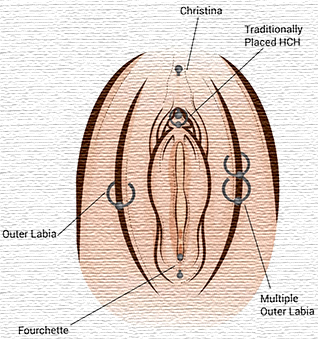
Layne
Named after Lady Layne D'Angelo, an artist, and model who was the first person to get this type of piercing, the pubic mound is pierced horizontally and a curved barbell or surface bar is inserted.
Fourchette
The area towards the anus is pierced and a straight barbell or a curved one is inserted.
Variations
Other types of female genital piercings are Christina piercing, Catherine piercing, horizontal hood piercing, Isabella piercing, Nefertiti piercing, Princess Albertina piercing, vertical hood piercing, scrumpy piercing, frenulum piercing, Princess Diana piercing and suitcase piercing among others.
Genital piercings are not for the faint of heart. Like every other piece of jewelry, genital jewelry as worn for aesthetic purposes, in addition to heightening sexual excitement in most people.
While female genital piercings are worn to stimulate women's erogenous zones, in the males, both the man and his partner can be sexually stimulated if his genitals are pierced.
In fact, the Dayak women of Sarawak do not mind leaving their spouse if the latter refuses to get an ampallang piercing. According to them, having sex with a man without this piercing is like eating plain rice, but on the other hand, it is like eating rice with seasoning.
Although widely termed as a "clit piercing" (in reference to the clitoral glans), piercing of the actual clitoris is fairly rare because of the risk of desensitization involved. Instead, incisions are often made in the areas surrounding the glans and there are a variety of styles to choose from.
Studies from the Department of Forensic Pathology at the University of Leicester in England show that genital piercings, especially the clitoris piercings, continue to be requested as a device to heighten sexual pleasure. During sex, the friction caused by the clitoral jewelry stimulates the 8000 nerve endings contained in this tiny but mighty erogenous zone.
For centuries, the most popular procedure amongst the Dayak and ladies worldwide has been the hood. This classic piercing comes in a vertical and horizontal styles, depending on personal taste and in some occasions anatomy. Another that has remained in vogue is the inner and outer labia piercing. Dayak women would traditionally stretch their piercings by wearing thick gold rings, pulling the labia downward and making them more prominent.
FEMALE EXAMPLES
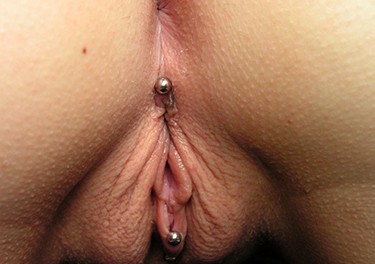
Fourchette
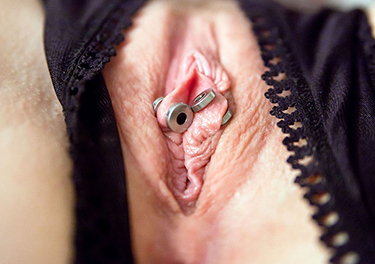
Inner Labia
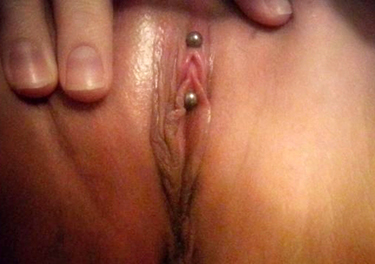
Isabella
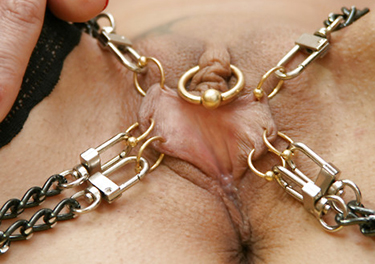
Inner Labia + Clitoris
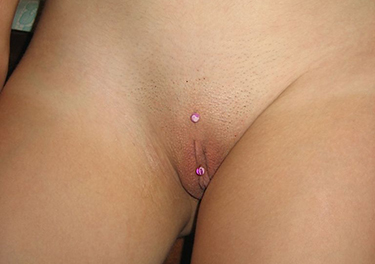
Nefertiti
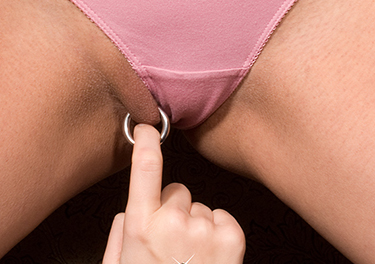
Outer Labia
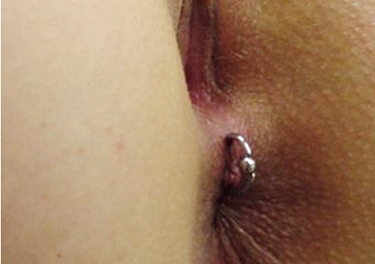
Perianal
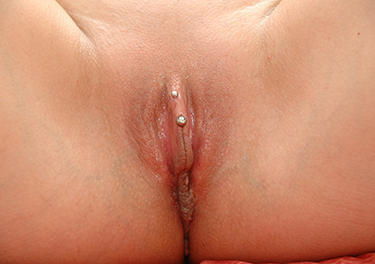
Vertical Clitoral Hood
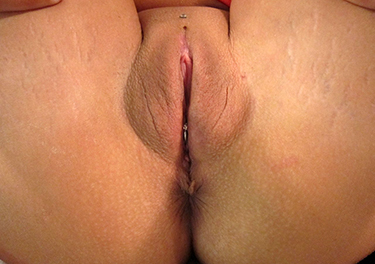
Clitoral Hood Reduction and Princess Albertina
MALE PIERCINGS
Possible piercing sites on the male genitalia include the glans, the skin of the penis shaft, the scrotum or the perineum.
Piercings through the glans of the penis include the Ampallang, which passes horizontally, and the Apadravya, that passes vertically through the glans. The Prince Albert piercing is situated on the ventral side (underside) of the penis immediately behind the glans, while the Reverse Prince Albert piercing passes through the dorsal (top) side of the glans.
The Dydoe pierces through the coronal rim of the glans. With the exception of the dydoe, all these piercings traditionally pass through the urethra.
These piercings provide increased stimulation during intercourse to the male (who is carrying the piercing) as well as to the partner. Piercings through the head, or the glans, are the genital piercings with the best-documented historical evidence.
The Sabah and Sarawak people of Borneo started the Ampallang piercing, where the piercing object is inserted through the glans of the penis in a horizontal position. An explorer of Dutch origin; Anton Williem Nieuwenhuis, who was there during the 18th century, wrote about the Ampallang piercing procedure in his documentary.
According to him, the males had to undergo this procedure to prove that they have attained manhood. They usually opened up the skin of the glans and rolled it backward, after which two small pieces of bamboo were placed on each side before it was wrapped in clothing which was dipped in cold water. After ten days, the piercer would pass a very sharp and thin piece of bamboo through the glans, then replace it with a thin feather with oiled tips until it heals.
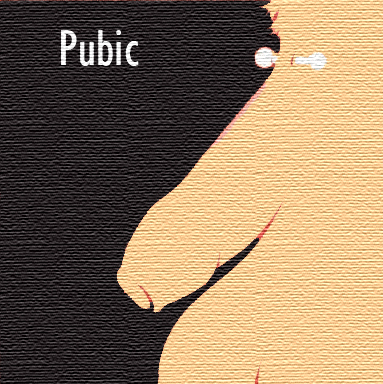
Pubic
The pubic piercing is placed in the natural juncture where the body and the shaft meet, at the top of the penis. It is a very attractive and potentially functional placement for body jewelry. A ring in your pubic piercing can stimulate your partner's clitoris when you are face to face during intercourse.
There is no apparent historical precedent for the pubic piercing, but it has been gaining in popularity in recent times.
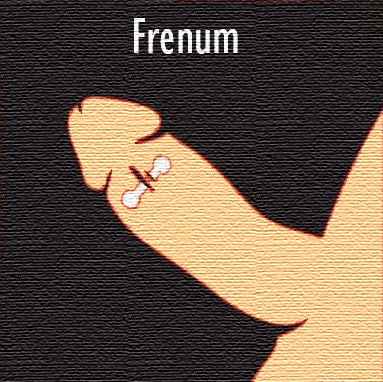
Frenulum (Frenum)
This was first seen in Indonesia, done by the people of Timorese. The frenulum, a part of the penis that joins the foreskin to the glans, was pierced and a brass ring inserted. They did this to increase stimulation during sexual activity.
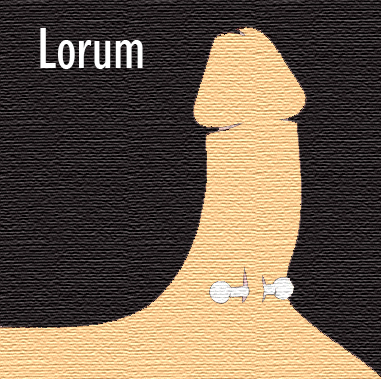
Lorum
A Lorum is a male genital piercing, placed horizontally on the underside of the penis at its base, where the penis meets the scrotum. The word "lorum" is a portmanteau of the words "low" and "frenum", so named because it is essentially a very low-placed frenum piercing.
Much like the frenum piercing the lorum can have multiple rungs added and be a ladder as well.
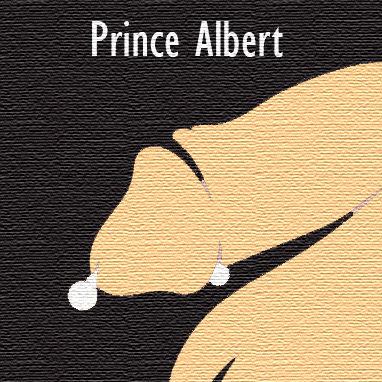
Prince Albert
According to stories, Prince Albert who was the husband of the Queen of England, Victoria, was the first person to get this kind of piercing.
He was said to have had it done before he married her.
The glans is pierced underneath, around the opening of the urethra to the point where the glans and the penis shaft meet. Then, jewelry which could be either a captive bead ring, a curved barbell, a segment ring or a Prince's wand is inserted.
This kind of genital piercing is more popular among the males because due to where it is positioned, it stimulates both parties during sexual intercourse.
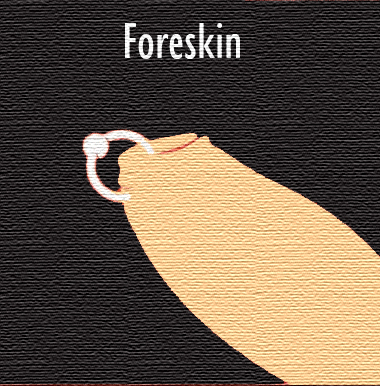
Foreskin
Also known as the 'Kuno' piercing, this is perhaps the oldest known form of genital piercing, dating back to the time before men were circumcised.
In Greece, when athletes performed nude during games, they used to use tiny pieces of clothing or leather to tie their foreskin to the base of the penis.
This was to prevent the penis from dangling about. They called the piece of cloth or leather, 'kynodesme' which was coined from the two Greek words 'kuon' and 'desmos' which means foreskin and fastening band, respectively. So, kynodesme was a foreskin fastening band.
As time went on, the Roman lords decided to make this method permanent, mostly to stop their athletes and slaves especially, from getting erections or engaging in sexual activities. This they did use a method called infibulation.
This could only be done on people who had foreskin; in other words, men who had not been circumcised. It was no problem then because circumcision was not common until years later. A lock known as the fibula was passed through two piercings made on the foreskin.
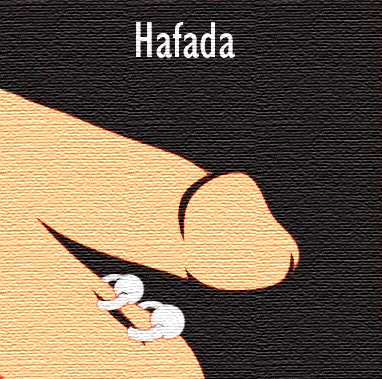
Hafada
This kind of piercing was first seen in Arabia, and from there, it got to the Middle East and the northern part of Africa, spreading to other parts of the world from these places.
The sides of the scrotum are pierced, and a barbell or more recently, a captive bead ring is inserted.
It used to be done on the left side of the scrotum, to celebrate a male's attainment to puberty, but today, it is done on both sides, or in the middle. Some people actually make ladder-like scrotal piercings; several rings in a vertical row.
Scrotum piercings are not as old as the others. An individual can have lots of scrotal piercings. Worthy of note is an individual; Sailor Sid, who had more than a hundred and twenty scrotum piercings at the time of his death. One of the pioneers of piercing, he was allegedly going to get more before his death.
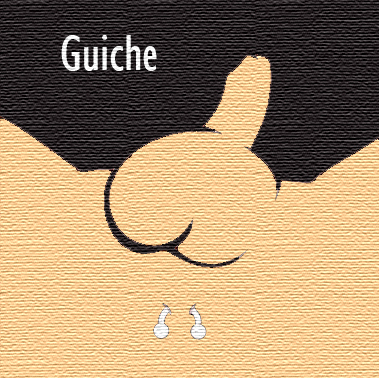
Guiche
The space between the testicles and the anus is pierced, and a captive bead ring or a barbell is inserted. Doug Malloy, one of the earliest body piercers, said that the first people perform the guiche piercing were the Tahitians.
Before the second world war, he traveled to Tahiti, where he met a runaway sailor of Australian origin; Reggie Bush. Reggie told him tales of the guiche piercing and later gave Doug one.
According to Doug, teenagers between the ages of twelve to fourteen were pierced at this spot, and when the wound healed, a hole was made on both sides of a small piece of stone or a shell, then a piece of leather passed through it. This was then passed through the piercing and fastened, to dangle from the space.

Apadravya
This dates back to around the 7th century in the south of Asia. To them, sexual satisfaction could not be achieved if this piercing was not made.
The tip of the penis was pierced vertically, from the top left of the glans to the bottom and jewelry is inserted. Today, the piece of jewelry used is the straight barbell.
MALE EXAMPLES

Ampallang
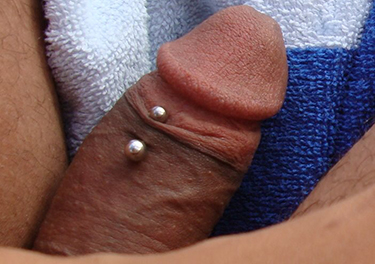
Foreskin
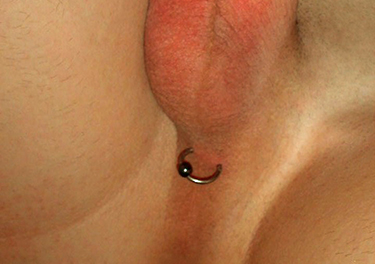
Guiche (Unisexual)
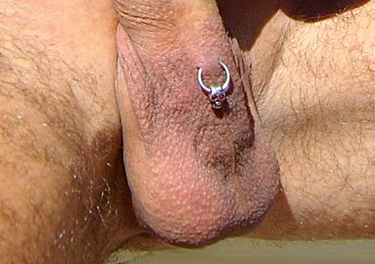
Lorum
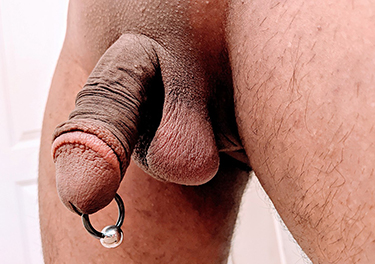
Prince Albert
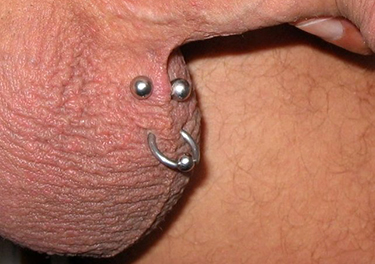
Scrotum Hafada
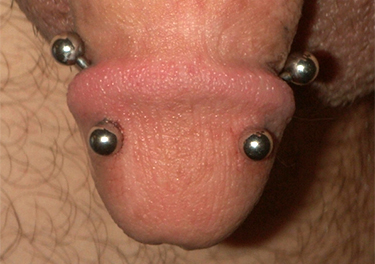
Dydoe
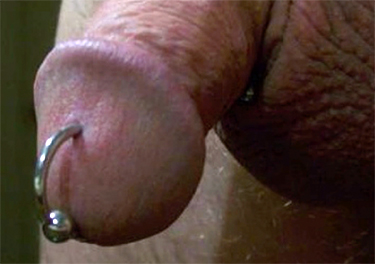
Reverse Prince Albert
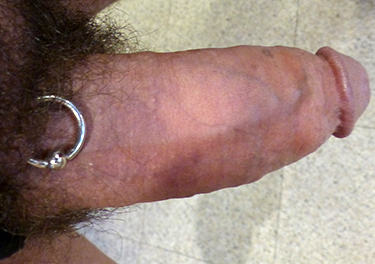
Pubic
Personal Piercings
(
click to enlarge -not mobile friendly)
